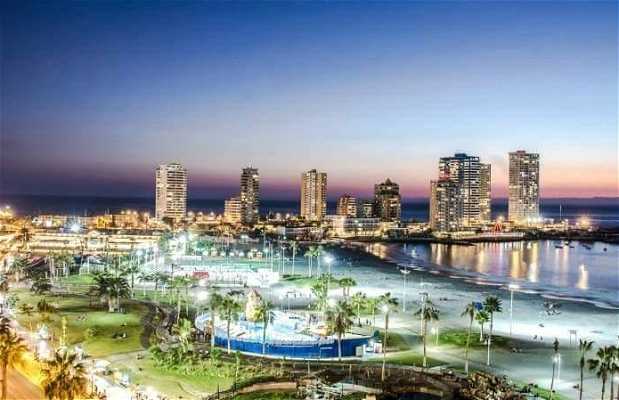Ideal for doing something out of the ordinary
Iquique is an ideal for doing something out of the ordinary. It has the International Free Zone (ZOFRI) for shoping, several beaches (Cavancha and Brava) only 50m. from the hotels, a Casino, and a large expanse of parks and amusements areas for children, the Plaza Arturo Prat, the Historical Museum, the historic buildings protected by bylaws, a very special market, and a wonderful fair in the eastern part of the city. Out on Cerro Dragon, you can go paragliding, an ideal way to get from the heights down to the beach. Once down, you can visit the tourist places like the oasis of Pica, the Pintados







